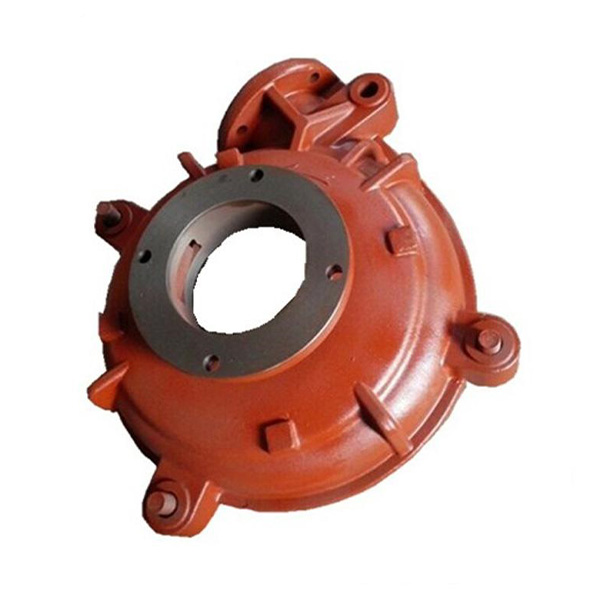Mobile:+86-311-808-126-83
Email:info@ydcastings.com
Exploring the Benefits and Applications of Die Cast Parts in Manufacturing
Die Cast Parts An Overview of the Manufacturing Process and Applications
Die casting is a manufacturing process widely employed in various industries to produce precision metal parts. The technique involves forcing molten metal under high pressure into molds, known as dies, which determine the shape and dimensions of the final product. Die cast parts are known for their excellent surface finish, tight tolerances, and high production rates, making them a popular choice in sectors such as automotive, aerospace, electronics, and consumer goods.
The die casting process begins with the preparation of the die, which is typically made from steel or other durable materials to withstand the high pressure and temperature of molten metal. The die consists of two halves the cavity, which is the shape of the desired part, and the core, if needed for internal features. Once the die is ready, it is heated to optimize the flow of the molten metal. The most commonly used metals in die casting include aluminum, zinc, and magnesium, each offering unique properties and advantages depending on the application.
The next step involves melting the metal to a temperature generating a fluid state, allowing for easy pouring into the die. This molten metal is injected into the die at high speed using specialized machinery known as die casting machines. The pressure is maintained during the cooling process to prevent any shrinkage or defects, ensuring that the final product maintains its precise dimensions and structural integrity.
die cast part

After the metal has cooled and solidified, the die is opened, and the finished part is ejected. Post-processing techniques, such as trimming, sanding, or coating, may be applied to enhance the part’s aesthetics and functionality. The entire process allows for quick production runs, making it ideal for creating large quantities of identical components.
Die cast parts are prevalent in the automotive industry, where they are used for various components such as engine blocks, transmission cases, and structural parts. These components benefit from the lightweight yet robust properties of materials like aluminum, contributing to overall fuel efficiency and performance. In the electronics sector, die cast parts are used for housings and enclosures, providing protection and conductivity in devices such as smartphones and computers.
In conclusion, die casting is a vital manufacturing process for producing high-quality metal parts with intricate designs. The combination of precision, durability, and efficiency makes die cast parts indispensable across numerous industries. As technology continues to advance, the die casting process will likely evolve, enabling further innovations in material usage and design capabilities, solidifying its place in modern manufacturing. Whether for automotive applications or electronic devices, die cast parts will continue to play a crucial role in meeting the demands of today's fast-paced production environments.
-
Why Should You Invest in Superior Pump Castings for Your Equipment?NewsJun.09,2025
-
Unlock Performance Potential with Stainless Impellers and Aluminum End CapsNewsJun.09,2025
-
Revolutionize Your Machinery with Superior Cast Iron and Aluminum ComponentsNewsJun.09,2025
-
Revolutionize Fluid Dynamics with Premium Pump ComponentsNewsJun.09,2025
-
Optimizing Industrial Systems with Essential Valve ComponentsNewsJun.09,2025
-
Elevate Grid Efficiency with High-Precision Power CastingsNewsJun.09,2025











